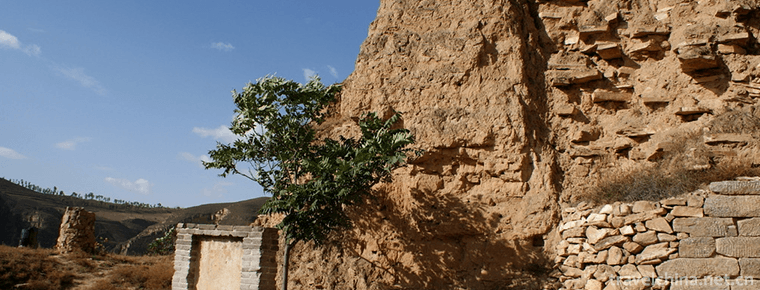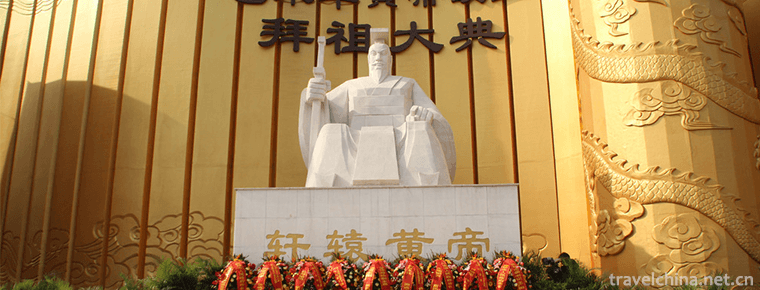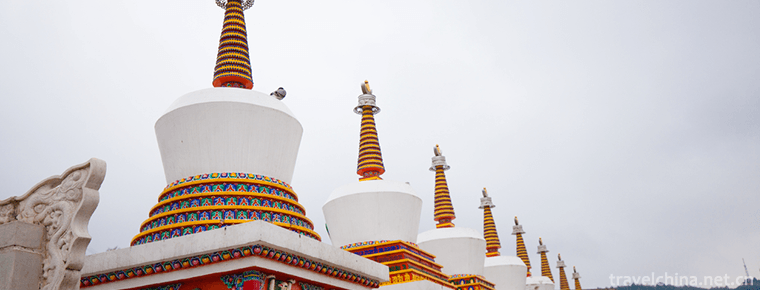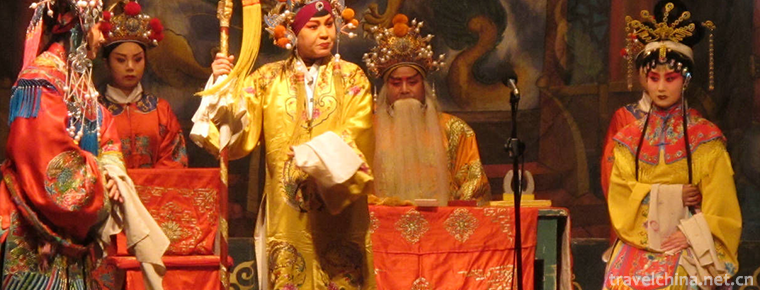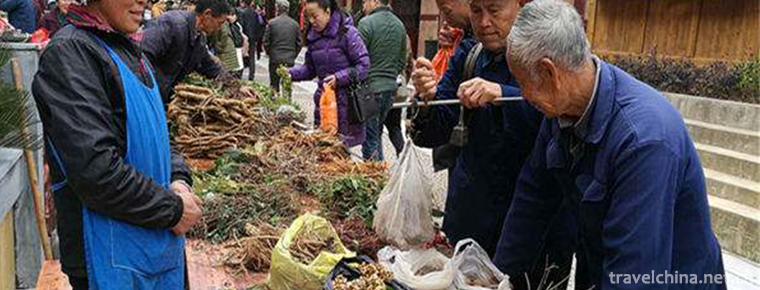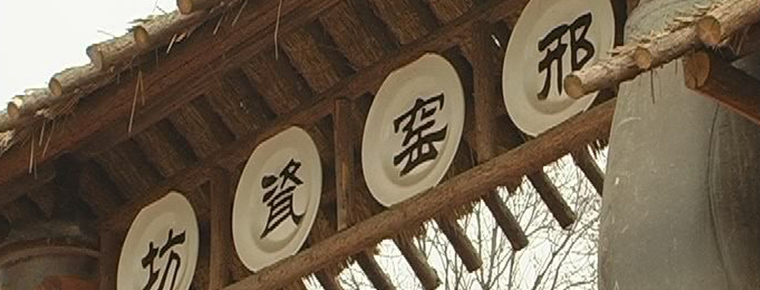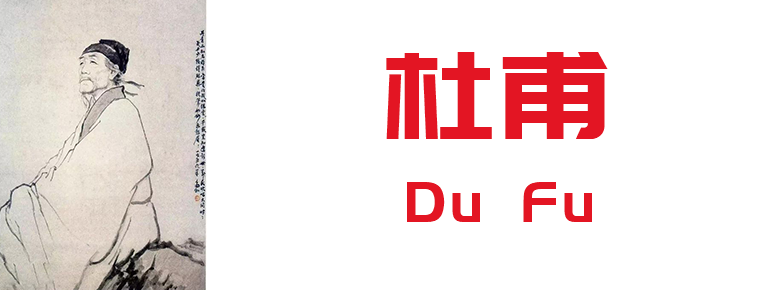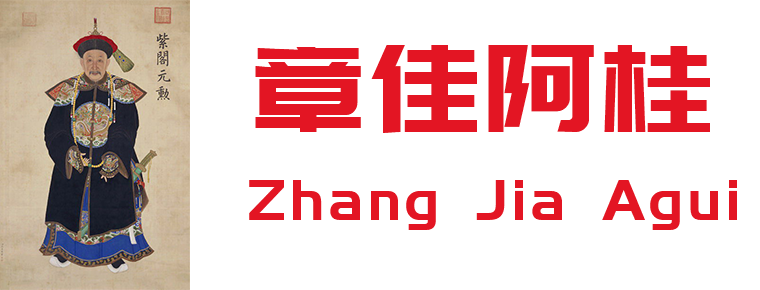Huian stone carving
Huian stone carving
Hui'an stone sculpture mainly served religion in its early stage, with strong religious color. It is mainly embodied in the architectural design, sculpture and installation of the temple, the construction and sculpture of pagodas, pavilions, columns and columns inside and outside the temple, and the fascinating sculpture of the statues of God and Buddha.
Hui'an Stone Carving is one of the traditional carving techniques in Fujian Province of China. As a wonderful flower of Chinese excellent traditional culture, after more than one thousand years of reproduction and development, Hui'an Stone Carving still retains a very pure Chinese artistic tradition and maintains a very complete continuity. So far, it has not been alienated by Western foreign cultures and has a strong national character.
As early as 1600 years ago in Jin Dynasty, Huian stone carving as a permanent art has been applied. After the founding of the People's Republic of China, Hui'an stone carving technology is constantly improving and improving. In the early days of the founding of the People's Republic, ten buildings in Beijing, Jimei Aoyuan Garden of famous overseas Chinese leader Chen Jiageng, etc., all shine with the artistic brilliance of Hui'an stone carving.
In 2003, China Arts and Crafts Association awarded Huian the title of "Capital of Chinese Stone Carving".
On May 20, 2006, Hui'an stone carvings were approved by the State Council and listed in the first batch of national intangible cultural heritage list. On November 4, 2013, the Chinese Folk Literature and Art Association awarded Hui'an County the plaque of "Chinese Carving Art Heritage Base".
In 2015, the UNESCO World Handicraft Council awarded Huian the title of "World Stone Carving Capital".
Historical origin
Tracing back to history, Hui'an sculpture art originated from Zhang Yun, the "King of Castle Peak" (Fujian General of the Five Dynasties), who led his troops in Castle Peak (30 miles east of Hui'an County), guarded the border, and most of his subordinates (mostly from the Central Plains) brought the advanced production technology of the Central Plains, including stone sculpture, and continued to develop and grow. According to historical records, Zhang Yun's subordinates first taught stone carving art in the Qingshan area, and then expanded the scope of teaching to Chongwu Hui's security environment.
Hui'an stone carving has a high level of skill as soon as it is introduced. The earliest stone carvings in Hui'an are the garden carvings and lotus relief carvings of officials, warriors, tigers, horses and sheep in Wang Chao's tomb at the end of the Tang Dynasty. The Song Dynasty carvings have been made for more than 1100 years, and their craftsmanship has reached a fairly high level. The stone generals of Luoyang Bridge in Song Dynasty, the Buddha statues of piers and stone pagodas, and the inscriptions of Zhongting Pavilion all indicate the high level of technology at that time. Cai Xiang, the leader of the construction of Luoyang Bridge, whose mother is Lu Shi of Hui'an. Luoyang Bridge is a 3-mile-long sea-crossing bridge, which is 15 miles away from the Qingshan Mountains. Its piers are made of stone strips and fixed with sea straw. Some of the decks are as long as 3 feet and weigh up to 10 tons. In the absence of large-scale machinery and equipment at that time, the tide of sea water was fully utilized, and the stone bars were placed on the ship, which fixed the piers at high tide and kept them at low tide, while the hull fell and the stone bars were placed in the second pier as the bridge deck. Stone is also mined in Hui'an. Such a huge project must rely on the participation of Huian craftsmen. Even the stone of Quanzhou East-West Pagoda is also mined and transported in Hui'an by textual research. Many of its round sculptures and relief statues of gods and Buddhas are inseparable from the sculptures of Hui'an craftsmen.
During the Ming Dynasty, Hui'an had more candidates for the imperial examinations, and more stone carvings were produced in various archways and cemeteries. Built in the early Ming Dynasty, the ancient city of guwu is stone city built with stones. Such relics include general, horse, tiger and sheep of the tomb of Zhang Yue, the stone lions of Town God's Temple, and so on, all of which indicate the higher level of stone carving. However, the ancient Chongwu city in the Ming Dynasty was once destroyed, and the existing stone city was rebuilt in the Qing Dynasty.
The Qing Dynasty was a period of great development of Hui'an stone carving. Its artistic style tended to be exquisite and meticulous, paying attention to the beauty of line structure and form and charm, thus forming the southern style of Hui'an stone carving. This period is a link between the past and the next in the history of Hui'an stone carving development, and also a period when stone carving workers began to develop outside Hui'an. In addition to other parts of the province, overseas Chinese and businessmen have also developed to Singapore, Indonesia and Malaysia. Since the Sino-Japanese War of 1894, there has been a great building boom in Taiwan. Many Hui'an craftsmen were absorbed to Taiwan to participate in stone carving processing and production, and many people lived in Tai'an. The stone carving skills brought by Zhang Yun became an important medium for the relations between Fujian and Taiwan. After liberation, Huian stone carving technology has gained new development. The construction of Jimei Aoyuan Garden in 1960s, the Great Hall of the People in Beijing, Chairman Mao Memorial Hall in 1980s, Bayiyi Memorial Hall in Nanchang, Yuhuatai Memorial Hall in Nanjing, Mazu statue in Meizhou Island and Zheng Chenggong statue in Xiamen all devoted a great deal of effort to Hui'an stone sculptors.
Since the reform and opening up, especially after the first sculpture festival was held in Hui'an in 2000, Hui'an stone carving has injected strong new ideas, standards, innovations and new perspectives of modern art. Hui'an Stone Carving has become a pillar industry of the county's economic growth. In 2003 alone, the county's sculpture industry realized an output value of 8 billion yuan and earned 5 billion yuan in foreign exchange through export, and was awarded the title of "the hometown of Chinese sculpture" by the Ministry of Culture.
Inheritance significance
At present, Hui'an stone carving industry is in a booming period of prosperity, but under the symbol of prosperity, there is also a crisis, which is mainly manifested in:
1. With the development of economy and the intensification of competition, on the one hand, stone carving enterprises often sacrifice the artistry of stone carving products in order to pursue the lowest cost and maximize profits; on the other hand, some stone carving enterprises, in order to seize customers, adopt unreasonable means of competitive price reduction, resulting in low "added value" of stone carving products, which has brought impact on traditional carving.
Secondly, as the old stone carving artists gradually withdraw from the stage and no one succeeds, some traditional stunts are difficult to be well inherited. Some of the Cenozoic stone carving artists are gradually away from the traditional stone carving craft in their creative techniques. In the long run, it will be unfavorable for the inheritance and promotion of the traditional stone carving craft.
3. With the progress of science and technology, a large number of advanced stone processing tools and machinery have been widely introduced and applied to the stone carving processing process. Although the production and processing capacity of enterprises has been greatly improved and the quality of products can be improved in some aspects, there is no doubt that the traditional stone carving crafts, mainly handicraft crafts, have also had a greater impact, resulting in some valuable transmission. The whole process is in danger.
Four, as the traditional stone carving process usually adopts the way of dictating or transmitting by the teacher, there has never been a unified standard text teaching material. Some traditional skills are completely grasbed by experience and savvy. If there is no master's careful guidance and instruction, it is very difficult for the artists to master the essence of the traditional stone carving process, resulting in the gradual loss of some stunt skills.
5. Carving craftsmen generally have a lower level of culture, fewer people with a higher aesthetic foundation and a certain theoretical level, and the current situation of "craftsmen without teachers" is serious.
6. The inadequate investment in the static protection and theoretical research of the traditional stone carving technology and the lack of comprehensive work will result in irreparable losses.
At present, the old generation of Hui'an stone carving artists have gradually retired. At the same time, with the progress of science and technology, precious traditional hand carving skills are gradually replaced by mechanization. Traditional skills are handed down orally and heart-to-heart among teachers and apprentices, mostly in a closed state. It is difficult for apprentices in modern factories to really learn the essence of traditional stone carving technology, so the whole stone carving industry has few successors. In addition, the cultural level of carving craftsmen is generally low, the static protection and theoretical research of traditional stone carving technology is insufficient in funding, and the work is not fully carried out. The traditional skills of Huian stone carving are increasingly in danger, and need urgent support and rescue.

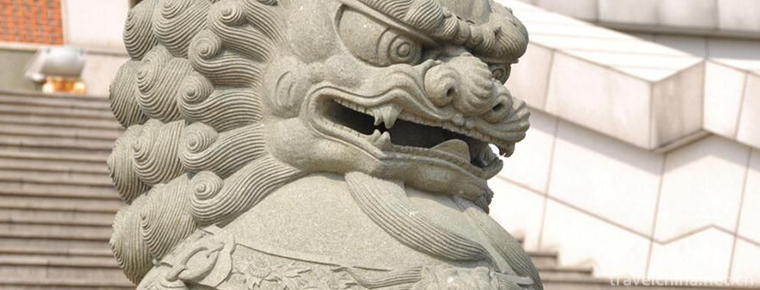
-
Hohhot Laoniuwan Tourist Area
Laoniu Bay is located at the entrance of Shanxi-Shaanxi Grand Canyon. This is the Great Wall, the only typical parallel section of the Yellow River. The widest part of the river is not more than 100 m.
Views: 159 Time 2019-01-16 -
Hometown of Huang Di
The scenic spot of Huangdi's hometown is located in Xuanyuan Road, Xinzheng City, Zhengzhou City, Henan Province. It is the residence of Xiong clan recorded in the history.
Views: 161 Time 2019-01-18 -
Langzhong Tiangong Courtyard Fengshui Cultural Scenic Area
Tiangongyuan Fengshui Cultural Scenic Area is located in Tiangong Township, southwest of Langzhong City, 29 kilometers away from the urban area, covering an area of more than 10 square kilometers.
Views: 116 Time 2019-01-29 -
Tar Temple Scenic Area
Tar Temple, also known as Taer Temple, was founded in the 10th year of Hongwu Ming Dynasty (1377). Named after the Great Silver Pagoda built in memory of Zongkaba.
Views: 152 Time 2019-02-13 -
Heyang jumping drama
Heyang Dance Opera is a kind of local opera in Heyang County, Shaanxi Province. It belongs to the nature of social opera. When performing, there is no singing voice,.
Views: 368 Time 2019-05-02 -
Miao medicine
The Miao people mainly use plants as medicine to treat diseases. In the world, Miao nationality is a huge ethnic group distributed in Southeast Asia. It mainly distributes in Guizhou, Hunan and Yunnan.
Views: 146 Time 2019-06-05 -
Sintering Techniques of Xingyao Ceramics
Xingyao firing technology is a local traditional handicraft in Hebei Province. Xing kiln is a famous northern kiln in China. As early as the Northern Dynasty, Xing kiln began firing celadon and a smal.
Views: 225 Time 2019-07-08 -
Tiger Sheng of Yi Nationality
Tiger Sheng of Yi nationality is a magical traditional dance of Yi nationality. The Yi people worship tigers and take tigers as totems. It has been said since ancient times that tigers are the people .
Views: 170 Time 2019-07-12 -
Du Fu
Du Fu (712 - 770 years), Zi Zi Mei, from the Shao Ling old man, Tang dynasty Great realistic poets, and Li Bai It is called "Li Bai". Originally from Xiangyang, Hubei, Henan county. With two.
Views: 412 Time 2019-09-07 -
Zhang Jia Agui
Ah Kui (September 7, 1717 - October 10, 1797). Zhang Jiashi , word Guang Ting , Number Cloud cliffs Manchuria's blue flag people (after the war in Xinjiang were promoted to Zheng Bai Qi), a Bachelor o.
Views: 191 Time 2019-09-11 -
Deyang first industry
In 2018, the sown area of crops in Deyang City was 477000 hectares, 533 hectares less than the previous year, a decrease of 0.1%. Among them, the sown area of grain crops was 311000 ha, decreased by 1525 ha, decreased by 0.5%; the sown area of oil .
Views: 125 Time 2020-12-14 -
Neijiangs first industry
In 2019, the sown area of grain crops in Neijiang is 309600 ha, an increase of 0.3% over the previous year; the sown area of oil crops is 79900 ha, an increase of 0.4%; and the sown area of vegetables is 78100 ha, an increase of 2.3%. The total grain output .
Views: 298 Time 2020-12-16
